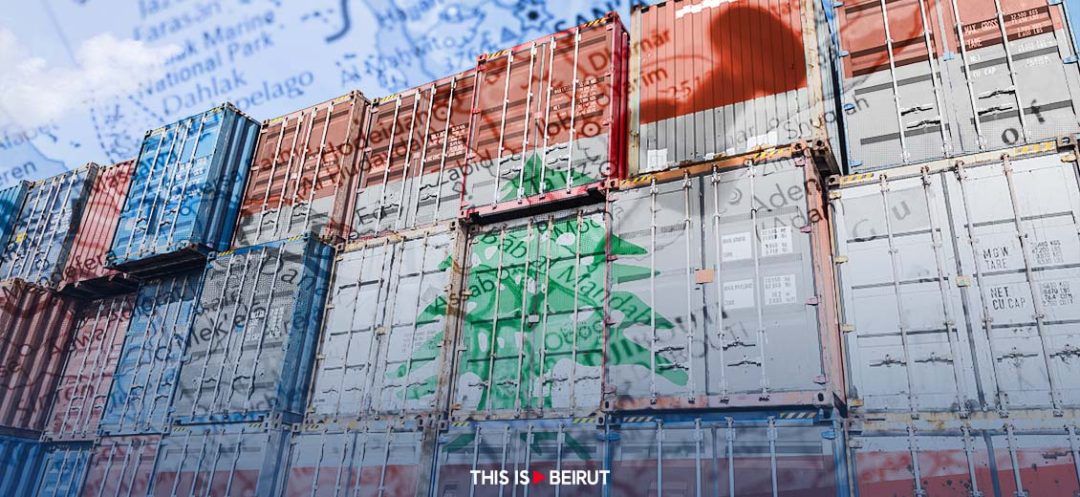
Since the beginning of the Houthi attacks in November, maritime traffic in the Red Sea has declined by around 70%. This critical situation is disrupting the maritime transport sector and global trade, which is consequently affecting Lebanese trade.
Since mid-November, Houthi attacks in the Red Sea have led numerous ship-owners to steer clear of the Suez Canal, the shortest maritime route connecting Asia and Europe that handles 12% of the world's container traffic. This situation has deeply disrupted global trade and is impacting Lebanese trade. According to Mohammad Abou Haidar, Director General of the Ministry of Economy and Trade, 60% of Lebanon's exports and imports go through the Suez Canal.
According to a well-informed source, the unfolding events in the Red Sea are having a substantial impact on Lebanon, and the need to "find solutions has become crucial." The source emphasizes that over 50% of Lebanese exports go through the Red Sea. Since the beginning of these events, product costs have increased by approximately 2.3 times. As for Lebanon's imports transiting through the Suez Canal, they constitute about 40% of total imports, with costs inflated by 2.5 times.
These increases are the direct consequence of the rise in insurance and transportation expenses. Furthermore, some carriers are opting for an alternative route, circumventing the Cape of Good Hope. This strategic shift places Lebanon at a geographical disadvantage in the Mediterranean, significantly extending transportation time and posing additional economic challenges.
A 100% to 150% Freight Increase
President of the Syndicate of Food Importers Hani Bohsali, who closely monitors import issues, tells This Is Beirut that he has been warning of a likely upcoming global food crisis if problems persist in the Red Sea since the beginning of hostilities—around mid-December. "Unfortunately, this is happening now," he notes.
Most ships no longer use the Red Sea to access the Mediterranean and instead prefer to circumvent Africa via the Cape of Good Hope. This results in delays of over 20 days compared to the initial schedule and a freight cost increase of 100% to 150%. For instance, "A container from China to Lebanon that originally cost $2,000 now costs $5,000," he explains.
"As a result, the cost of goods from the Far East is expected to rise by 2% to 15%, depending on the type of product," Bohsali adds.
He underscores that importers are currently grappling with average delivery delays of 20 to 30 days. However, he confirms that this "will likely result in supply chain disruption, though it does not threaten a complete breakdown." He points out that "we are currently putting in orders and stocking up ahead of the month of Ramadan and the Easter holidays, as there is a risk of a decrease in supply against growing demand, which could lead to a partial increase in prices."
Getting Ready for Land Transportation
The same sentiment is expressed among industrialists who, for the most part, import raw materials from Gulf countries. Industrialist Carlo Ayoub (Ayoub Industries) notes, "We have observed an increase of 7% to 8% in the price of goods." He provides the example of "polyethylene, which has risen from $1,100 to $1,200 per ton," highlighting the significant volatility of the market. Faced with this situation, Ayoub expects a further increase of $100 per ton by next week. He also mentions delays in the arrival of raw materials, which could impact production chains.
"However, the Lebanese always find a way to adapt, and plans for land transportation are on the way and shaping up," he assures.
Read more




Comments